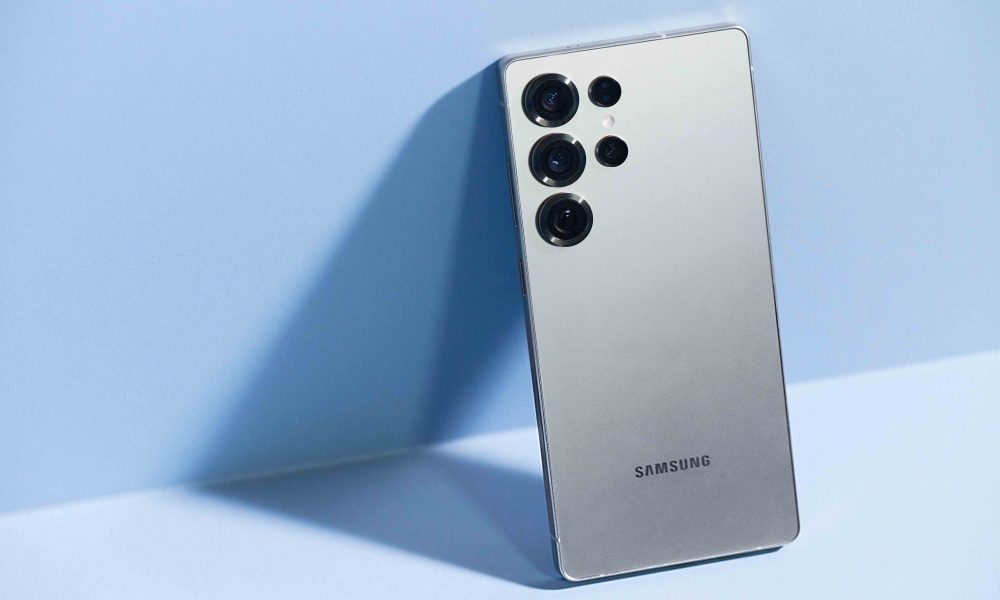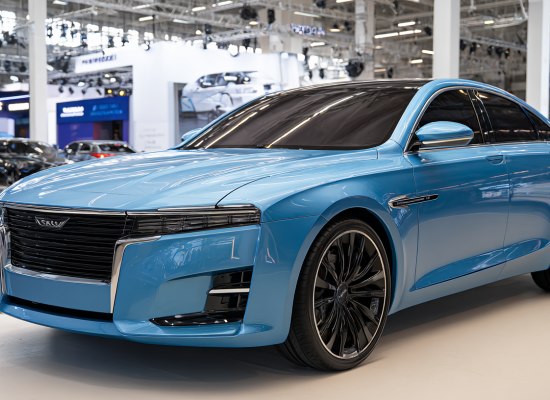In recent months, the smartphone industry has been actively progressing in terms of camera technology, with manufacturers releasing firmware updates and refinements aimed at enhancing image quality. However, a curious anomaly has recently drawn attention from insiders and enthusiasts alike: Samsung, despite its tradition of continuous improvements, has noticeably refrained from updating the camera capabilities of its Galaxy S25 Ultra model since its launch at the beginning of this year.
Insider sources, particularly the well-known Ice Universe, have pointed out that while models like the Galaxy S23 Ultra and Galaxy S24 Ultra have received significant camera updates, the Galaxy S25 Ultra remains static in terms of software-based camera enhancements. This stagnation is striking considering the rapid pace of technological advancements and the usual practice of regular firmware updates aimed at improving camera algorithms, processing speed, and overall image quality. Interestingly, even the recent Beta version of One UI 8 didn’t bring any perceptible improvements to the device’s camera, aside from a rather poetic and isolated feature: capturing a violet-hued moon.
The question naturally arises: why is Samsung holding back on further camera improvements for the Galaxy S25 Ultra? According to Ice Universe, the company’s strategy involves deliberately reserving the “best algorithms and optimizations” for the upcoming Galaxy S26 Ultra, expected to be launched in early 2026. He describes this tactic as “shameless,” yet effective—likely a calculated move to incentivize consumers to anticipate and upgrade to the next model for the latest camera advancements.
This approach raises several implications for current users. First, it underscores a possible shift in Samsung’s firmware update philosophy, focusing on future flagship models rather than ongoing support for current devices. While OEMs historically released incremental improvements over time, this decision might lead to disappointment among owners of the S25 Ultra, who expected their device to keep pace with the camera performance of more recent competitors or their own previous models.
For consumers considering the Galaxy S25 Ultra, this situation reveals critical nuances regarding longevity and future-proofing. Buyers might need to weigh the initial hardware capabilities against the likelihood of software enhancements in the coming months. The absence of updates could influence perceptions of the device’s value, especially for photography enthusiasts who rely on firmware optimizations for superior image quality. Furthermore, this strategy suggests that Samsung might prioritize hardware upgrades in image sensors and processing units in upcoming models, rather than relying extensively on software fixes for existing hardware.
In conclusion, Samsung’s apparent decision to halt camera improvements on the Galaxy S25 Ultra signals a strategic focus on future flagship releases. While this could be viewed as a bold move conditioned by competitive and market dynamics, it also prompts discussion about consumer rights and product longevity. As the launch of the Galaxy S26 approaches, critics and users will be closely watching whether Samsung’s hardware innovations and software optimizations deliver the desired advancements, or if enthusiasts might find themselves with a high-end device that no longer receives meaningful updates in its photography capabilities. This situation exemplifies how corporate strategies can impact user experience, fostering a dialogue about the importance of ongoing device support in the evolving landscape of mobile technology.




